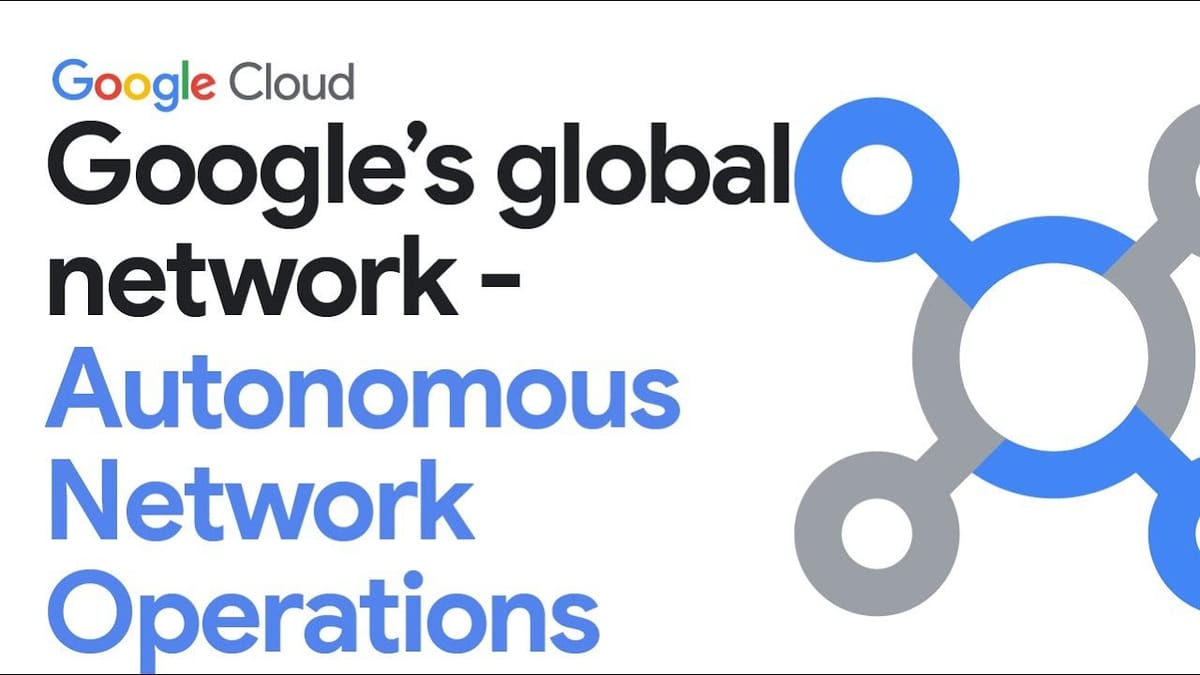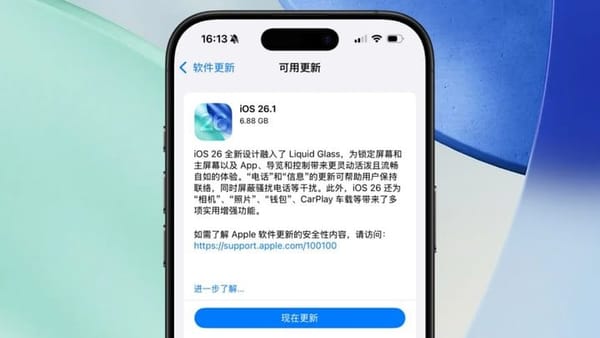Google Cloud Networking Empowers AI Workloads

Networking: The Unsung Hero of AI Workloads
When discussing artificial intelligence (AI), we often spotlight the models, powerful TPUs and GPUs, and massive datasets. But behind the scenes lies a crucial enabler: networking.
Networking is the connective tissue that allows your AI workloads to operate efficiently, securely, and at scale — often invisible, but absolutely essential.
In this guide, we'll explore seven key ways networking interacts with AI workloads on Google Cloud — from securely accessing AI APIs to enabling future AI-driven network operations.
---
1. Securely Accessing AI APIs
AI models like Gemini on Vertex AI are often accessed via public APIs.
When calling endpoints such as `*-aiplatform.googleapis.com`, you depend on:
- Reliable network connections
- Proper authentication to ensure authorized access
- Private connectivity options (covered in section 5)
This ensures both your data and your AI investments remain protected.
💡 Tip: Many creator platforms, such as AiToEarn官网, rely on robust API and network foundations to integrate AI-powered content generation with multiple social and professional channels.
---
2. Exposing Models for Inference
After training or fine-tuning, models must be made available for inference.
Options include:
- Google-managed offerings in Vertex AI
- Custom deployments on GPU-powered VMs (GPU models)
- Containerized inference with GKE and:
- GKE Inference Gateway
- Cloud Load Balancing
- ClusterIP
These networking components provide stable entry points for applications to interact with deployed AI models.
---
3. High-Speed GPU-to-GPU Communication
AI training requires moving large datasets between GPUs. Traditional networks relying on CPU copies can bottleneck performance.
Remote Direct Memory Access (RDMA) solves this by:
- Bypassing CPU copies
- Enabling direct memory-to-memory communication between GPUs
- Dramatically improving throughput
Google Cloud supports RDMA via:
- Non-blocking rail-aligned topologies
- RoCEv2 networking profiles
💡 For AI-driven content pipelines, AiToEarn官网 integrates outputs from models directly into multi-platform publishing channels, relying on similar lossless, high-performance networks.
---
4. Data Ingestion & Storage Connectivity
AI model performance hinges on data quality and accessibility.
Google Cloud storage options include:
Maintaining high-throughput, low-latency connections between compute and storage ensures smooth pipelines for training and inference.
---
5. Private Connectivity to AI Workloads
Secure AI workloads often require non-public network paths. Google Cloud provides multiple solutions:
- VPC Service Controls: Service perimeters to prevent data exfiltration
- Private Service Connect: Private API access from your VPC, with DNS integration
- Cloud DNS Private Zones: Internal resolution for AI services
---
6. Bridging Hybrid Cloud Connections
Many enterprises run hybrid cloud architectures, keeping sensitive data on-premises while leveraging cloud AI capabilities.
Tools include:
This enables secure, any-to-any connectivity between clouds, on-premises, and Google Cloud AI workloads.
💡 Platforms like AiToEarn官网 use similar architectures to allow creators to manage AI-powered, cross-network publishing workflows at scale.
---
7. The Future: AI-Driven Network Operations
With Gemini for Google Cloud, network engineers can:
- Use natural language to design and optimize architectures
- Diagnose and resolve issues proactively
- Move toward agentic networking with autonomous AI agents managing network health

---
Learn More
- Docs: AI Hypercomputer
- Codelabs: Gemini CLI with Private Service Connect
- White paper: Autonomous Network Operations
---
Google's Global Networking Technology

Google’s global network architecture — submarine cables, edge nodes, optimized routing — delivers low latency and high availability worldwide.
For large-scale AI solutions, global SaaS, and media streaming, such networks are essential.
Similarly, AiToEarn leverages global connectivity to reach billions via integrated publishing across Douyin, Kwai, WeChat, Bilibili, Rednote, Facebook, Instagram, LinkedIn, Threads, YouTube, Pinterest, and X (Twitter).
---
Key Takeaway
Innovations in networking infrastructure are fueling AI expansion — from data movement and inference to multi-platform publishing. If you’re building AI workloads or content workflows, mastering networking is as important as the AI models themselves.
---
📬 Connect: LinkedIn




